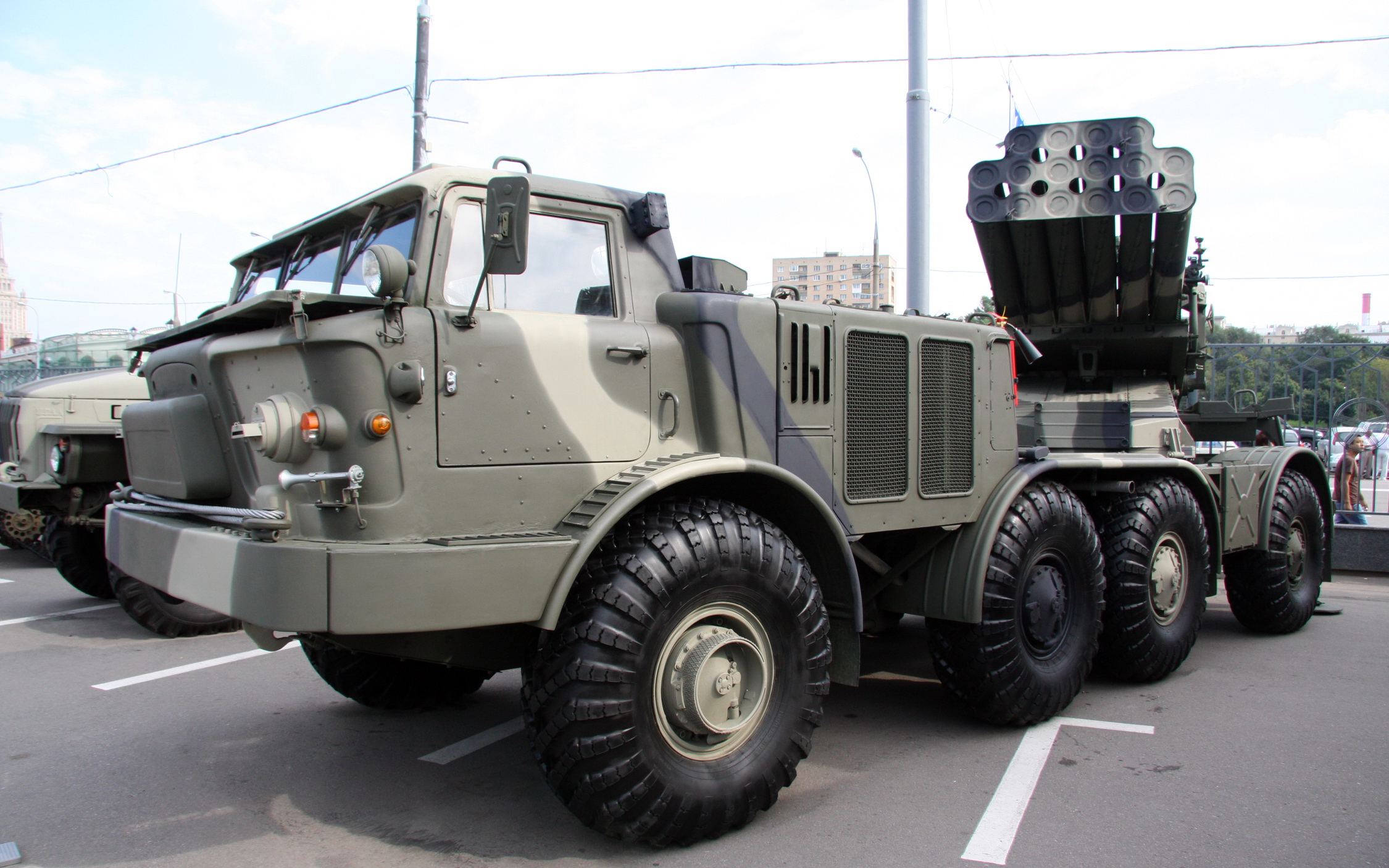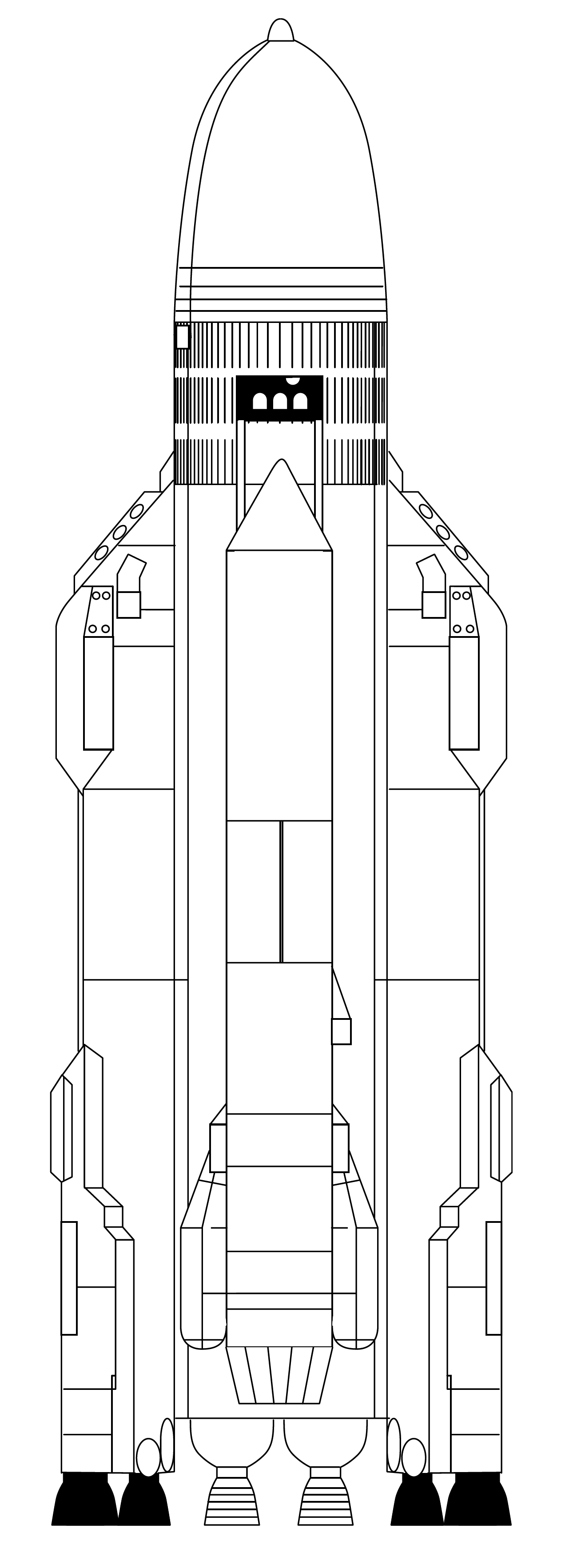|
Uragan (other)
{{disambigu ...
Uragan is the Slavic word for hurricane, and can refer to * BM-27 Uragan, a Russian rocket launcher *Energia-2 or Uragan, a planned Soviet super heavy-lift rocket * GLONASS (satellite), Uragan, the first satellites of the GLONASS constellation * MAZ-7310 Uragan, a Soviet/Russian army vehicle * M-22 Uragan/Shtil (SA-N-7, Gadfly), a Soviet naval multirole SAM system * ''Uragan''-class guard ship, Soviet patrol and escort ships * ''Uragan''-class monitor, Imperial Russian ironclad warships * Uragan D2, the trade name of a cyanide-based pesticide, formerly Zyklon B * Uragan-1 (stellarator), Uragan-2, Uragan-2M, Uragan-3, , a series of Ukrainian stellarator fusion experiments See also * Uragan-1 (other) Uragan-1 may refer to: In military: * Uragan Soviet automatic air defense interception system, Uragan-1, first generation Soviet automatic air defense interception system * BM-27_Uragan, Uragan-1M, a variant of the BM-27 Uragan self-propelled mult ... [...More Info...] [...Related Items...] OR: [Wikipedia] [Google] [Baidu] |
Hurricane
A tropical cyclone is a rapidly rotating storm system characterized by a low-pressure center, a closed low-level atmospheric circulation, strong winds, and a spiral arrangement of thunderstorms that produce heavy rain and squalls. Depending on its location and strength, a tropical cyclone is referred to by different names, including hurricane (), typhoon (), tropical storm, cyclonic storm, tropical depression, or simply cyclone. A hurricane is a strong tropical cyclone that occurs in the Atlantic Ocean or northeastern Pacific Ocean, and a typhoon occurs in the northwestern Pacific Ocean. In the Indian Ocean, South Pacific, or (rarely) South Atlantic, comparable storms are referred to simply as "tropical cyclones", and such storms in the Indian Ocean can also be called "severe cyclonic storms". "Tropical" refers to the geographical origin of these systems, which form almost exclusively over tropical seas. "Cyclone" refers to their winds moving in a circle, whirling round ... [...More Info...] [...Related Items...] OR: [Wikipedia] [Google] [Baidu] |
BM-27 Uragan
The BM-27 Uragan (russian: БМ-27 Ураган, lit=Hurricane; GRAU index 9P140) is a self-propelled 220 mm multiple rocket launcher designed in the Soviet Union. The system began its service with the Soviet Army in the late 1970s, and was its first modern spin and fin stabilized heavy multiple rocket launcher. Description The BM-27 Uragan is capable of launching 220 mm rockets from 16 launch tubes mounted on the rear of a ZIL-135 8×8 chassis. This vehicle is extremely similar to that used in the FROG-7 free flight rocket system. It has two gasoline engines that power its 20 tonnes to a maximum speed of 65 kilometers per hour. One engine drives the four wheels on the left of the truck, while the other engine drives the four wheels on the right. The ZIL-135 has eight wheel drive, but only the front and rear axles are used for steering. It has a maximum cruising range of 500 kilometers. The cab of the ZIL-135 is NBC protected, allowing the rockets to be fired without ... [...More Info...] [...Related Items...] OR: [Wikipedia] [Google] [Baidu] |
Energia (rocket)
Energia (russian: Энергия, Energiya, Energy; GRAU 11K25) was a 1980s super-heavy lift launch vehicle. It was designed by NPO Energia of the Soviet Union as part of the Buran programme, Buran program for a variety of payloads including the Buran (spacecraft), Buran spacecraft. Control system main developer enterprise was the Khartron NPO "Electropribor". The Energia used four strap-on boosters each powered by a four-chamber RD-170 engine burning kerosene/Liquid oxygen, LOX, and a central core stage with four single-chamber RD-0120 (11D122) engines fueled by liquid hydrogen/LOX. The launch vehicle had two functionally different operational variants: Energia-Polyus, the initial test configuration, in which the Polyus (spacecraft), Polyus system was used as a final stage intended to put the payload into orbit, and Energia-Buran, in which the Buran programme, ''Buran'' orbiter was the payload and the source of the orbit insertion impulse. The launch vehicle had the capacity to ... [...More Info...] [...Related Items...] OR: [Wikipedia] [Google] [Baidu] |
GLONASS (satellite)
GLONASS (russian: link=no, ГЛОНАСС-М), also known as Uragan (russian: link=no, Ураган) (GRAU Index 11F654) are the first generation of Uragan satellite used as part of the Russian GLONASS radio-based satellite navigation system. Developed by Reshetnev Information Satellite Systems, it had its debut launch on 12 October 1982, with the last launched unit on 25 December 2005 and the retirement of the last unit Kosmos 2403 on 30 April 2009. It has been superseded by the GLONASS-M (GRAU Index 11F654M), the second-generation satellites. Design It used a 3-axis stabilized pressurized bus with two solar panels, a propulsion module and a payload module. It weighs generates 1000W of power and had a limited design life of 3 years, but it was extended to 5 years in later models. It had a strict requirement of keeping the internal temperature at ±1 °C. The previous design used an embedded liquid cooling system that weighted . The Uragan implemented a gaseous cooling ... [...More Info...] [...Related Items...] OR: [Wikipedia] [Google] [Baidu] |
MAZ-7310
The MAZ-543/MAZ-7310 "Uragan" (russian: МАЗ-543/МАЗ-7310 "Ураган"/Hurricane) is a Soviet/Belarusian 8×8 artillery truck designed and developed by MAZ (Minsk Automobile Plant), in what is now Belarus. MAZ-543 Designed in the 1960s, the MAZ-543 was presented on 7 November 1965 during the Moscow Red Square military parade as part of '' SS-1с Scud B'' (9K72 Elbrus) system. The vehicle is powered by a 38.9 litre D12A-525 tank diesel engine producing around 525 horsepower, and gives a maximum road speed of 37 mph (60 km/h). There have been a number of variants. MAZ-543A The 1967 MAZ-543A, arrived (with extra carrying capacity up to 22000 kg). The MAZ-7310 could operate together with 4WD MAZ-8385 trailer as a road-train (total length - 205.5 m) for oil surveying,. It was used in Siberia and also as a tractor on military airbases. MAZ-543M The MAZ-543M version was designed to carry the BM-30 Smerch Multiple rocket launcher. MAZ-543P The MAZ-543 ... [...More Info...] [...Related Items...] OR: [Wikipedia] [Google] [Baidu] |
SA-N-7
The Buk (russian: link=no, "Бук"; "beech" (tree), ) is a family of self-propelled, medium-range surface-to-air missile systems developed by the Soviet Union and its successor state, the Russian Federation, and designed to counter cruise missiles, smart bombs, fixed- and rotary-wing aircraft, and unmanned aerial vehicles. The Buk missile system is the successor to the NIIP/Vympel 2K12 Kub (NATO reporting name SA-6 "Gainful"). The first version of Buk adopted into service carried the GRAU designation 9K37 Buk and was identified in the west with the NATO reporting name "Gadfly" as well as the US Department of Defense (DoD) designation SA-11. With the integration of a new missile the Buk-M1-2 and Buk-M2 systems also received a new NATO reporting name Grizzly and a new DoD designation SA-17. Since 2013, the latest incarnation "Buk-M3" is currently in production and active service with a new DoD designation SA-27. A naval version of the system, designed by MNIIRE Altair ... [...More Info...] [...Related Items...] OR: [Wikipedia] [Google] [Baidu] |
Uragan-class Guard Ship
The ''Uragan''-class guard ships were built for the Soviet Navy as small patrol and escort ships. Eighteen were built in the 1930s and served during World War II in all four of the Soviet Fleets: Baltic, Black Sea, Northern and Pacific. Four were lost during the war and the rest remained in service until the late 1950s in various secondary roles. The official Soviet designation was Project 2, Project 4 and Project 39, but they were nicknamed the "Bad Weather Flotilla" by Soviet sailors by virtue of their meteorological names. Design By the mid-1920s the Soviet Navy wanted to replace the few old Tsarist torpedo boats that it had left acting as guard ships. The initial requirement was for a ship not to exceed , armed with two old guns, three torpedo tubes and could carry mines as necessary. It was to be powered by four Beardmore diesel engines imported from the United Kingdom, but this plan was thwarted by Soviet financial support for the miners during the 1926 United Kingdom ge ... [...More Info...] [...Related Items...] OR: [Wikipedia] [Google] [Baidu] |
Uragan-class Monitor
The ''Uragan'' class (also known as the ''Bronenosetz'' class, , "armor carrier" or "warship") was a class of monitors built for the Baltic Fleet of the Imperial Russian Navy.Gribovsky, 1996Lysenok, 1985Smirnov, 1983Smirnov, 1984 The ships were built to the plans of the American ''Passaic''-class monitors, a design that was tested on a smaller scale on . A total of 10 ships were constructed at five different shipyards in Saint Petersburg, all entering service in 1865. The ships were among the first ironclad warships in the Russian Navy.Eklof, 1994 Russian-American relations During the American Civil War Americans mistook Russian defensive moves as an indicator of support for the Union cause. Relations between Russia and Britain deteriorated further because of the British support — or what the Russians saw as sponsorship — of the Polish January Uprising of 1863. If war between Russia and Britain were to begin, it was thought likely that British and French Naval force ... [...More Info...] [...Related Items...] OR: [Wikipedia] [Google] [Baidu] |
Zyklon B
Zyklon B (; translated Cyclone B) was the trade name of a cyanide-based pesticide invented in Germany in the early 1920s. It consisted of hydrogen cyanide (prussic acid), as well as a cautionary eye irritant and one of several adsorbents such as diatomaceous earth. The product is notorious for its use by Nazi Germany during the Holocaust to murder approximately 1.1 million people in gas chambers installed at Auschwitz-Birkenau, Majdanek, and other extermination camps. Hydrogen cyanide, a poisonous gas that interferes with cellular respiration, was first used as a pesticide in California in the 1880s. Research at Degesch of Germany led to the development of Zyklon (later known as Zyklon A), a pesticide that released hydrogen cyanide upon exposure to water and heat. It was banned after World War I, when Germany used a similar product as a chemical weapon. Degussa purchased Degesch in 1922. Their team of chemists, which included and Bruno Tesch, devised a method of packagin ... [...More Info...] [...Related Items...] OR: [Wikipedia] [Google] [Baidu] |
Uragan-1 (stellarator)
Uragan-1 may refer to: In military: * Uragan-1, first generation Soviet automatic air defense interception system * Uragan-1M, a variant of the BM-27 Uragan self-propelled multiple rocket launcher system designed in the Soviet Union In science: * Uragan-1, Ukrainian stellarator A stellarator is a plasma device that relies primarily on external magnets to confine a plasma. Scientists researching magnetic confinement fusion aim to use stellarator devices as a vessel for nuclear fusion reactions. The name refers to the ... fusion experiment See also * Uragan (other) {{disambig ... [...More Info...] [...Related Items...] OR: [Wikipedia] [Google] [Baidu] |
Uragan-2M
Uragan-2M (U-2M, uk, Ураган-2М) is a stellarator (magnetic plasma confinement, controlled thermonuclear fusion experiment) installed at thInstitute of Plasma PhysicsNational Science Center, which is part of the Kharkiv Institute of Physics and Technology (IFS KIPT) in Kharkiv, Ukraine. It was the largest stellarator (torsatron) in Europe until the construction of Wendelstein 7-X. Specifications Uragan-2M is a medium-sized stellarator with reduced helical corrugations. The unit has a torus radius of , a plasma radius of up to , and a toroidal magnetic field of up to . See also * Controlled thermonuclear fusion Fusion power is a proposed form of power generation that would generate electricity by using heat from nuclear fusion reactions. In a fusion process, two lighter atomic nuclei combine to form a heavier nucleus, while releasing energy. Devices de ... References Further reading * * Stellarators Nuclear research institutes Plasma physics facilities [...More Info...] [...Related Items...] OR: [Wikipedia] [Google] [Baidu] |





